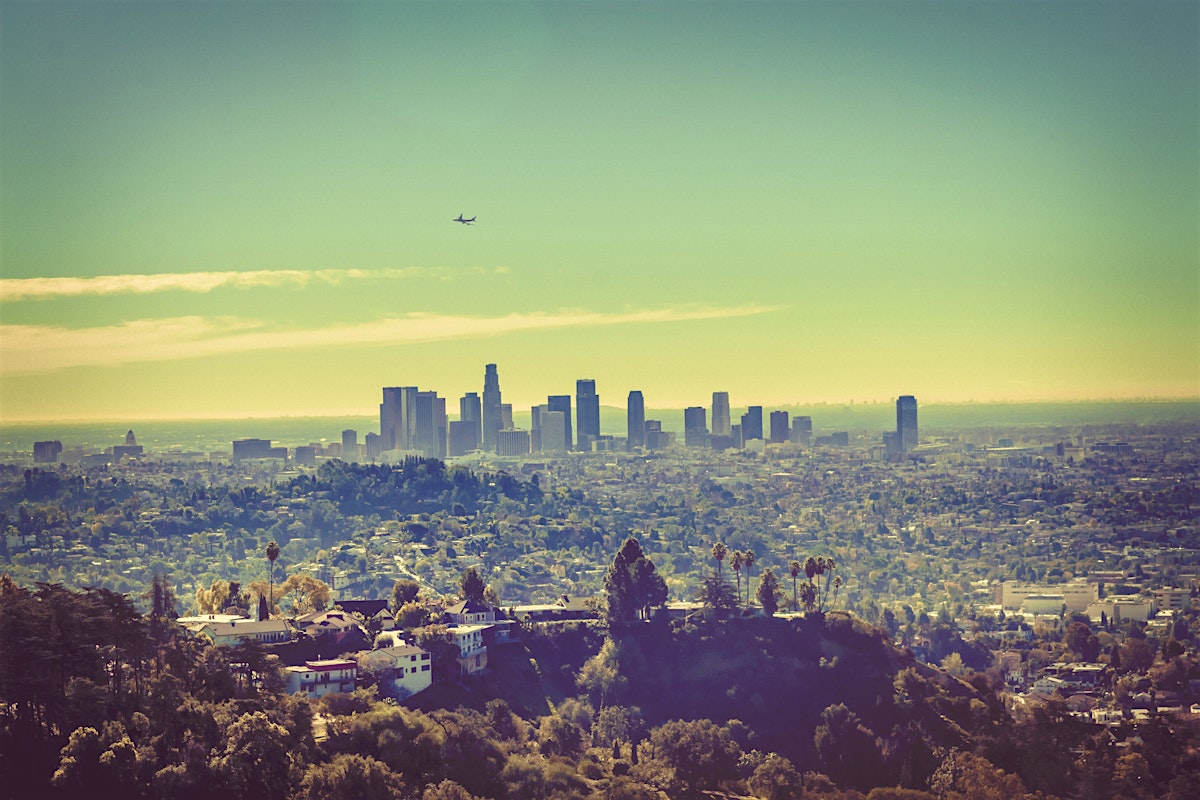Los Angeles and Earthquakes
Shannon Cooney
Shannon Cooney
Each year southern California has about 10,000 earthquakes. Most of them are so small they are not even felt. Only several hundred reach a magnitude of 3.0 and only 15-20 reach 4.0 or higher. However, a large earthquake can create aftershocks of varying strengths. The magnitude of an earthquake is measured by the amount of shaking an earthquake creates. Earthquakes are caused by shifting rocks underneath the earth's surface near cracks, called fault lines. (Source: https://earthquake.usgs.gov/learn/facts.php)
 |
| https://lonelyplanetimages.imgix.net/a/g/hi/t/f4003584e847990e3cae4b5d8062e342-los-angeles.jpg?sharp=10&vib=20&w=1200 |
There has recently been a new fault line discovered that runs parallel the the San Andreas fault located in southern California. It has been named the Salton Trough Fault. This discovery could impact models of seismic activity in the already active area. The region is also due for another large earthquake. One usually happens every 175-500 years. It's been 300 years since the last major seismic event. This fault line has taken away some strain from the San Andreas fault, but it's unclear how it will affect future earthquakes. (Source: https://www.sciencedaily.com/releases/2016/10/161004135207.htm)
But would should you do if you're caught in the midst of an earthquake? If you are in a building, stay put and do not move. Drop to the ground before the shaking causes you to fall. Be sure to cover your head and neck. We've all heard to stand in a doorway, but this will not protect you from falling or flying objects. Crawl under a desk or table instead. If this is not possible, hold onto something sturdy instead. Stay away from glass or windows and objects that may fall. If you're outside, move away from buildings or utility wires. Then go into "Drop, Cover, and Hold on."If in a city, duck inside a building. If you're in a vehicle, stop driving and stay inside the vehicle. (source:https://www.ready.gov/earthquakes)
But would should you do if you're caught in the midst of an earthquake? If you are in a building, stay put and do not move. Drop to the ground before the shaking causes you to fall. Be sure to cover your head and neck. We've all heard to stand in a doorway, but this will not protect you from falling or flying objects. Crawl under a desk or table instead. If this is not possible, hold onto something sturdy instead. Stay away from glass or windows and objects that may fall. If you're outside, move away from buildings or utility wires. Then go into "Drop, Cover, and Hold on."If in a city, duck inside a building. If you're in a vehicle, stop driving and stay inside the vehicle. (source:https://www.ready.gov/earthquakes)

You got all the right elements and your text content is interesting. The map needs some work. You want to make it bigger on the page. Use centering and zoom tools. Also, a map of the major cities and their proximity to the earthquake zones would be better.
ReplyDelete